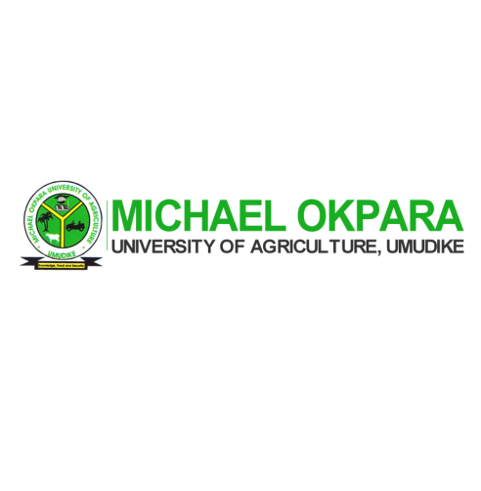Abstract
Herbs constitute an integral part of human health therefore; they are used for the treatment of several diseases. One of such popular herbal plant is Phyllanthus amarus. This herb has been in traditional medicine for over 3,000 years and has, thus, served as a lead for several experimental investigations that explored its phytochemical constituents and pharmalogical uses of herbs. So, this present study, investigates the correlation between serum levels of homocysteine and malondialdehyde in malaria infected mice treated with seed and stem extracts of Phyllanthus amarus. Thirty (30) adult Swiss albino mice (22-27g) body weight were procured and randomly divided into six groups (n=5/groups) for the study. Group 1: Positive Control (given distilled water); Group 2: Negative Control (infected with Plasmodium Berghei); Group 3: Experimental 1 (administered 150 mg/kg/d of seed and stem extracts); Group 4: Experimental 2 (administered 300 mg/kg/d of seed and stem extracts); Group 5: Experimental 3 (administered 450 mg/kg/d of seed and stem extracts), and Group 6: Standard (administered Chloroquine 5 mg/kg/d). Each group was treated for 7days afterwhich the animals were sacrificed under chloroform anaesthesia following an overnight fast. Whole blood was collected into an anticoagulant container and prepared for biochemical assay of homocysteine and malondialdehyde serum levels using standard methods. Results show that there was correlation between the serum levels of homocysteine and malondialdehyde in malaria infected mice treated with Phyllanthus amarus ethanolic seed and stem extracts, with the following correlations for seed and stem extract analysis respectively i.e Group 1 (r= 1.0 and 0.3), Group 2(0.1 and 0.1), Group 3(0.3 and 0.7), Group 4(-0.6 and 0.9), Group 5(-1.0 and 0.6), and Group 6(0.6 and 0.9). Also, there was significant reduction (p<0.05) on the levels of homocysteine and malondialdehyde when the seed and stem extracts where administered at 150 mg/kg/d (35.7 ± 2.5 µM, 34.2 ± 2.9 µM; 42 ± 6.5 µM, 25.7 ± 0.9 µM), 300 mg/kg/d (35.8 ± 2.6 µM, 37.6 ± 1.9 µM; 46.3 ± 2.9 µM, 25.3 ± 2.9 µM) and 450 mg/kg/d (35.7 ± 1.7 µM, 37.6 ± 2.1 µM; 46.3 ± 3.1 µM, 26.3 ± 2.9 µM) when compared with the control mice; positive control (17.4 ± 5.4, 37.5 ± 3.3; 38 ± 2.9, 35.7 ± 4.8 µM) negative control (64.3 ± 4.7; 65.8 ± 11.3 µM), values represented for homocysteine seed and stem, and malondialdehyde seed and stem respectively. The active chemicals responsible for this beneficial observation need to be identified and purified for further study.
Pages: 70
Category: Project
Format: Word & PDF
Chapters: 1-5
Source: Samphina
Material contains Table of Content, Abstract and References.





